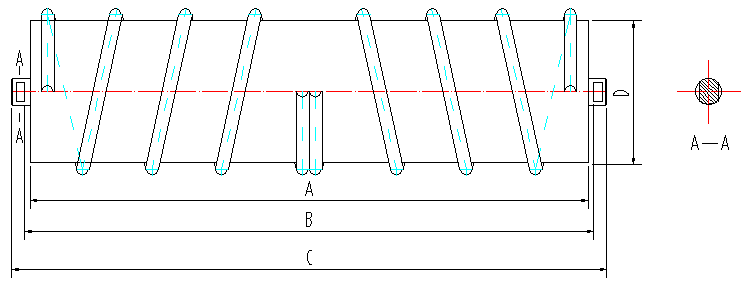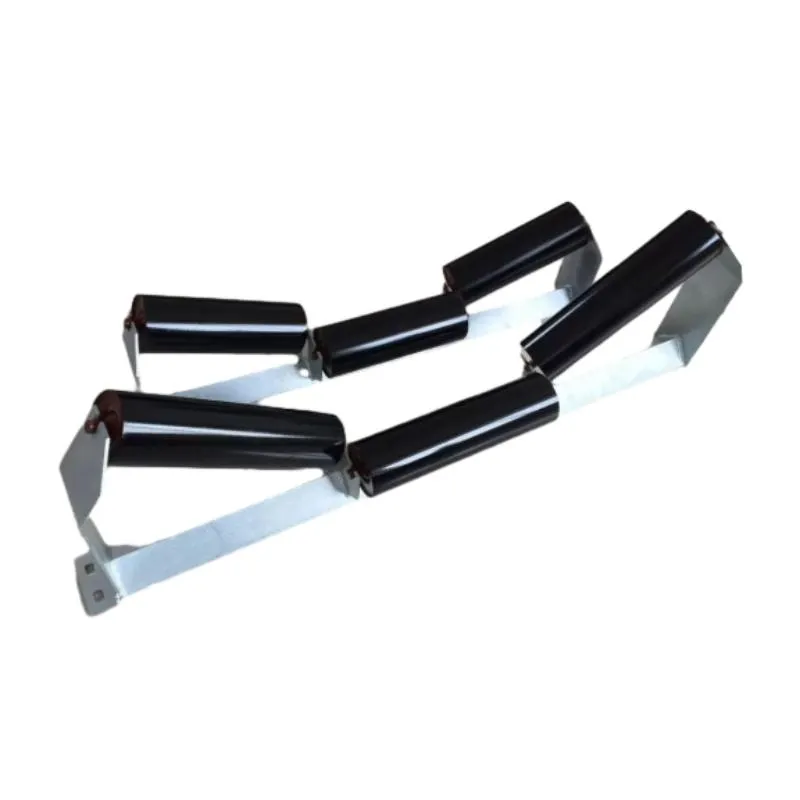 Afrikaans
Afrikaans  Albanian
Albanian  Amharic
Amharic  Arabic
Arabic  Armenian
Armenian  Azerbaijani
Azerbaijani  Basque
Basque  Belarusian
Belarusian  Bengali
Bengali  Bosnian
Bosnian  Bulgarian
Bulgarian  Catalan
Catalan  Cebuano
Cebuano  Corsican
Corsican  Croatian
Croatian  Czech
Czech  Danish
Danish  Dutch
Dutch  English
English  Esperanto
Esperanto  Estonian
Estonian  Finnish
Finnish  French
French  Frisian
Frisian  Galician
Galician  Georgian
Georgian  German
German  Greek
Greek  Gujarati
Gujarati  Haitian Creole
Haitian Creole  hausa
hausa  hawaiian
hawaiian  Hebrew
Hebrew  Hindi
Hindi  Miao
Miao  Hungarian
Hungarian  Icelandic
Icelandic  igbo
igbo  Indonesian
Indonesian  irish
irish  Italian
Italian  Japanese
Japanese  Javanese
Javanese  Kannada
Kannada  kazakh
kazakh  Khmer
Khmer  Rwandese
Rwandese  Korean
Korean  Kurdish
Kurdish  Kyrgyz
Kyrgyz  Lao
Lao  Latin
Latin  Latvian
Latvian  Lithuanian
Lithuanian  Luxembourgish
Luxembourgish  Macedonian
Macedonian  Malgashi
Malgashi  Malay
Malay  Malayalam
Malayalam  Maltese
Maltese  Maori
Maori  Marathi
Marathi  Mongolian
Mongolian  Myanmar
Myanmar  Nepali
Nepali  Norwegian
Norwegian  Norwegian
Norwegian  Occitan
Occitan  Pashto
Pashto  Persian
Persian  Polish
Polish  Portuguese
Portuguese  Punjabi
Punjabi  Romanian
Romanian  Russian
Russian  Samoan
Samoan  Scottish Gaelic
Scottish Gaelic  Serbian
Serbian  Sesotho
Sesotho  Shona
Shona  Sindhi
Sindhi  Sinhala
Sinhala  Slovak
Slovak  Slovenian
Slovenian  Somali
Somali  Spanish
Spanish  Sundanese
Sundanese  Swahili
Swahili  Swedish
Swedish  Tagalog
Tagalog  Tajik
Tajik  Tamil
Tamil  Tatar
Tatar  Telugu
Telugu  Thai
Thai  Turkish
Turkish  Turkmen
Turkmen  Ukrainian
Ukrainian  Urdu
Urdu  Uighur
Uighur  Uzbek
Uzbek  Vietnamese
Vietnamese  Welsh
Welsh  Bantu
Bantu  Yiddish
Yiddish  Yoruba
Yoruba  Zulu
Zulu Jan . 14, 2025 12:08
Back to list
gravity take up pulley
In the vast and intricate world of conveyor systems, take-up pulleys hold a pivotal role in ensuring efficient operation. These mechanisms are crucial for maintaining the appropriate tension in conveyor belts, preventing slippage and unnecessary wear. Understanding the different types of take-up pulleys available can provide businesses with sustainable solutions tailored to their specific needs.
Furthermore, the Hydraulic Take-Up Pulley stands out due to its advanced technology. This system employs hydraulic cylinders to adjust belt tension automatically, which is a boon in industries that require precise control and real-time operation feedback. The flexibility and precision offered by hydraulic systems are unmatched, making them ideal for high-performance industrial environments where any downtime can lead to significant financial losses. Selecting the appropriate take-up pulley type is not merely about meeting operational demands but also about strategic maintenance planning. Implementation of the right pulley system can lead to a significant extension of conveyor belt life, increased productivity, and even energy savings. Ultimately, the decision should be guided by an in-depth analysis of the operation’s specific requirements and potential future challenges. Consultation with conveyor system professionals can ensure that the chosen system is not only efficient but also sustainable, thus aligning with long-term business goals. Robust and informed choices in take-up pulley types can distinguish a smoothly operating system from one plagued by frequent breakdowns, ensuring the kind of reliability and efficiency that businesses strive to achieve.


Furthermore, the Hydraulic Take-Up Pulley stands out due to its advanced technology. This system employs hydraulic cylinders to adjust belt tension automatically, which is a boon in industries that require precise control and real-time operation feedback. The flexibility and precision offered by hydraulic systems are unmatched, making them ideal for high-performance industrial environments where any downtime can lead to significant financial losses. Selecting the appropriate take-up pulley type is not merely about meeting operational demands but also about strategic maintenance planning. Implementation of the right pulley system can lead to a significant extension of conveyor belt life, increased productivity, and even energy savings. Ultimately, the decision should be guided by an in-depth analysis of the operation’s specific requirements and potential future challenges. Consultation with conveyor system professionals can ensure that the chosen system is not only efficient but also sustainable, thus aligning with long-term business goals. Robust and informed choices in take-up pulley types can distinguish a smoothly operating system from one plagued by frequent breakdowns, ensuring the kind of reliability and efficiency that businesses strive to achieve.
Latest news
-
Revolutionizing Conveyor Reliability with Advanced Rubber Lagging PulleysNewsJul.22,2025
-
Powering Precision and Durability with Expert Manufacturers of Conveyor ComponentsNewsJul.22,2025
-
Optimizing Conveyor Systems with Advanced Conveyor AccessoriesNewsJul.22,2025
-
Maximize Conveyor Efficiency with Quality Conveyor Idler PulleysNewsJul.22,2025
-
Future-Proof Your Conveyor System with High-Performance Polyurethane RollerNewsJul.22,2025
-
Driving Efficiency Forward with Quality Idlers and RollersNewsJul.22,2025
OUR PRODUCTS





























